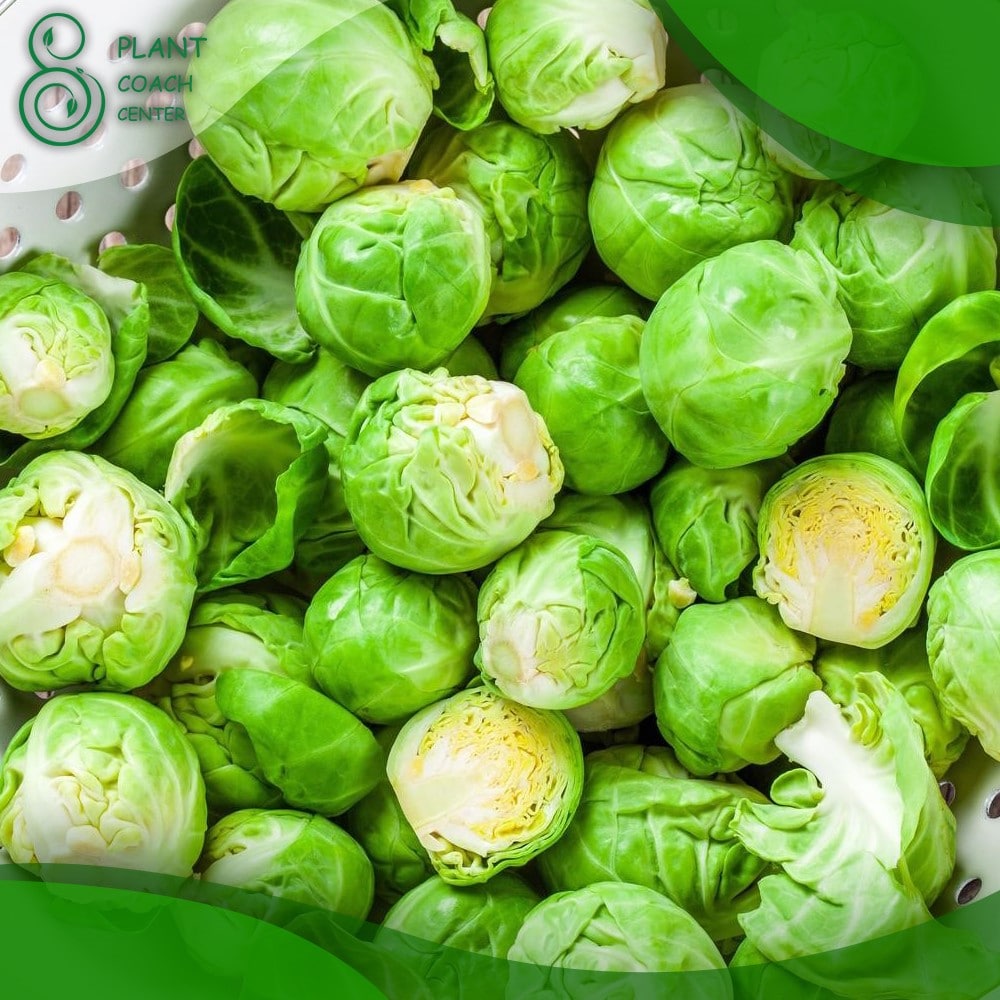When to Plant Brussels Sprouts
Brussels sprouts, known for their miniature cabbage-like appearance, are a nutritious and delicious addition to any home garden. Whether you’re a seasoned gardener or a beginner, knowing the right time to plant Brussels sprouts is crucial for a successful harvest.
In this comprehensive guide, we will explore the optimal conditions, seed starting techniques, troubleshooting plant problems, and more, ensuring that you can cultivate healthy Brussels sprouts in your own backyard. As you embark on this plant-growing journey, remember that plantcoachcenter.com is a valuable resource for additional plant coaching and problem-solving guidance.
Understanding Brussels Sprouts
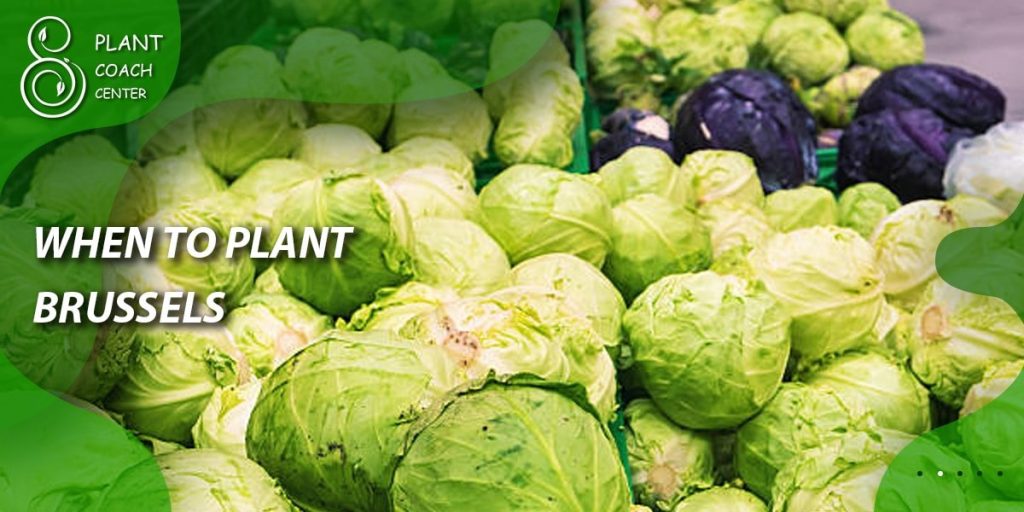
Brussels sprouts belong to the Brassicaceae family and are closely related to other cruciferous vegetables like cabbage, kale, and broccoli. These small, green vegetables are packed with essential nutrients such as vitamins C and K, fiber, and antioxidants. Brussels sprouts are known for their unique taste, which combines a mild bitterness with a hint of sweetness. By growing Brussels sprouts in your garden, you can enjoy their fresh flavor while reaping the numerous health benefits they offer.
Choosing the Right Time to Plant Brussels Sprouts
The timing of planting Brussels sprouts is crucial for their growth and development. Consider the following factors when deciding on the appropriate planting date:
Exploring the growing seasons for Brussels sprouts: Brussels sprouts are typically grown as a fall or winter crop. However, the specific growing season may vary depending on your location. Research the recommended planting times for your region.
Determining the appropriate time for planting based on geographical location: Depending on where you live, the timing of planting Brussels sprouts may differ. Consult local gardening resources or extension offices to identify the optimal planting window in your area.
Factors to consider when deciding the planting date: Consider the average date of the first frost in your region, as well as the maturity period of the specific Brussels sprout variety you intend to grow. Count backward from the first expected frost to determine the ideal planting time.
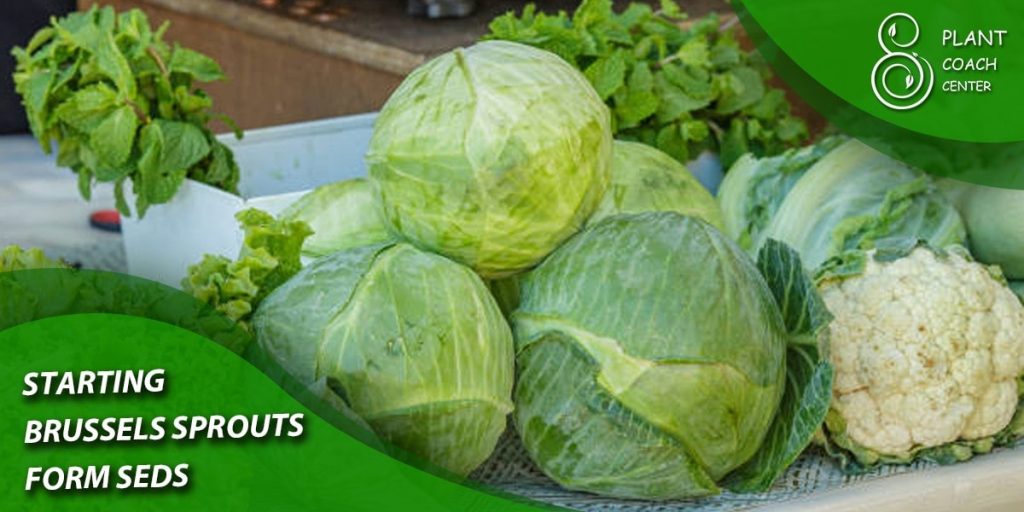
Starting Brussels Sprouts from Seeds
Starting Brussels sprouts from seeds allows you to have control over the entire growth process. Follow these steps to ensure successful seed starting:
Selecting high-quality seeds: Purchase fresh Brussels sprout seeds from reputable suppliers or seed catalogs. Look for varieties that are well-suited to your climate and have a track record of good yields.
Indoor seed starting techniques: Start the seeds indoors 6-8 weeks before the anticipated planting date. Plant the seeds in seed trays or individual pots filled with seed-starting mix. Maintain consistent moisture and provide adequate warmth for germination.
Transplanting seedlings into the garden: Once the seedlings have developed their first true leaves and the threat of frost has passed, transplant them into the garden. Harden off the seedlings by gradually exposing them to outdoor conditions before planting them at the proper spacing.
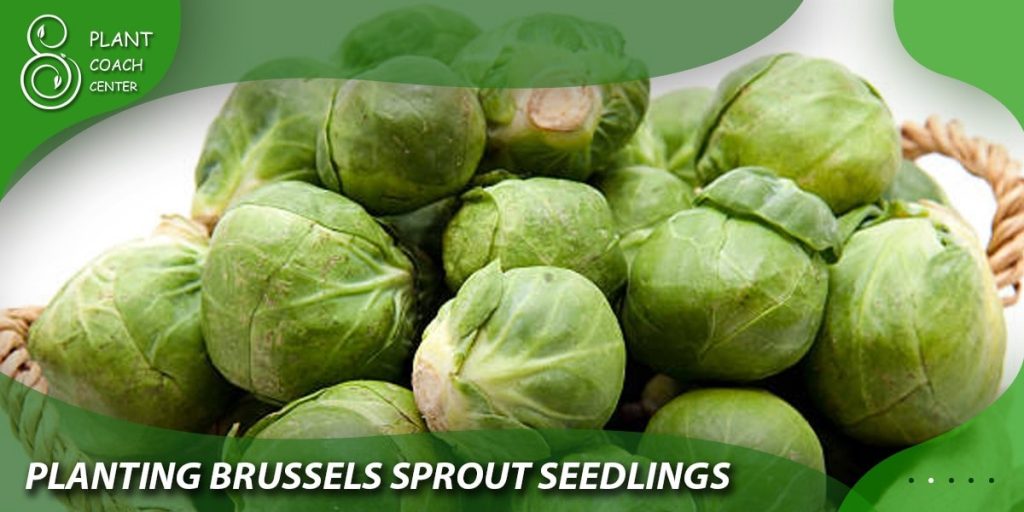
Planting Brussels Sprout Seedlings
Proper planting techniques ensure that Brussels sprout seedlings establish well and continue to grow vigorously. Follow these guidelines for successful planting:
Preparing the planting site: Choose a sunny location in your garden with well-drained soil. Remove any weeds or debris and amend the soil with compost or well-rotted manure to improve its fertility and structure.
Proper spacing and arrangement of seedlings: Brussels sprout plants require ample space to grow and develop. Space the seedlings 18-24 inches apart in rows that are 24-36 inches apart. This spacing allows for good air circulation and provides each plant with sufficient nutrients and sunlight.
Techniques for transplanting seedlings: Dig a hole slightly larger than the root ball of the seedling. Gently place the seedling in the hole, ensuring that the soil level is the same as it was in the container. Firmly press the soil around the seedling and water thoroughly to settle the soil.
Caring for Brussels Sprouts Plants
To ensure healthy growth and a bountiful harvest, proper care is essential for Brussels sprout plants. Consider the following aspects:
Watering requirements and irrigation techniques: Brussels sprouts require consistent moisture throughout their growing period. Water deeply once or twice a week, providing about 1-1.5 inches of water. Mulching around the plants helps retain moisture and suppress weeds.
Fertilization and soil amendment: Apply a balanced fertilizer or compost when planting Brussels sprouts. Side-dress the plants with additional fertilizer when they begin to form sprouts. Regularly monitor soil fertility and make necessary amendments based on soil tests.
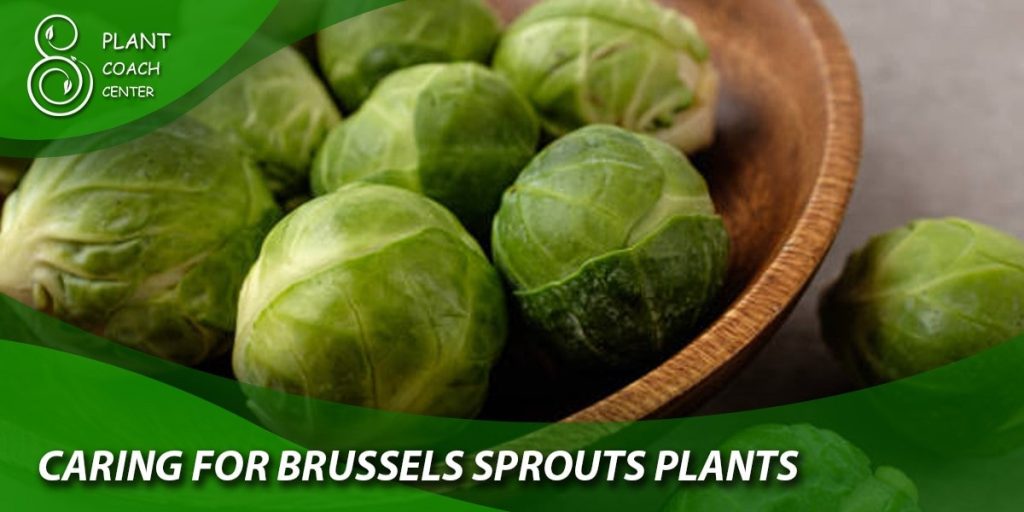
Pest and disease management strategies: Brussels sprouts are susceptible to certain pests and diseases. Inspect plants regularly for signs of common pests such as aphids, cabbage worms, and flea beetles. Use organic or integrated pest management techniques to control infestations. Additionally, practice crop rotation and good garden hygiene to minimize the risk of diseases like clubroot and powdery mildew.
Common problems faced during Brussels sprout cultivation: Brussels sprouts may encounter various issues, including stunted growth, yellowing leaves, and poor sprout development. Understand the potential causes of these problems, such as nutrient deficiencies, improper planting depths, or pest infestations, and take appropriate measures to address them.
Harvesting and Storing Brussels Sprouts
Harvesting Brussels sprouts at the right time ensures the best flavor and texture. Follow these guidelines for successful harvesting and storage:
Signs of readiness for harvest: Brussels sprouts are ready for harvest when the sprouts are firm, green, and about 1-2 inches in diameter. Start harvesting from the bottom of the plant, picking the sprouts as they mature.
Harvesting techniques for optimal yield: Use a sharp knife or garden shears to cut the sprouts from the stalk, leaving the leaves intact. Harvesting from the bottom and working your way up allows the upper sprouts to continue maturing.
Proper storage to maintain freshness: Remove any damaged or yellowed leaves from the harvested sprouts. Store them in a cool, humid environment, such as a refrigerator’s crisper drawer. Brussels sprouts can be stored for up to two weeks, but they are best enjoyed soon after harvest for maximum flavor and nutritional value.
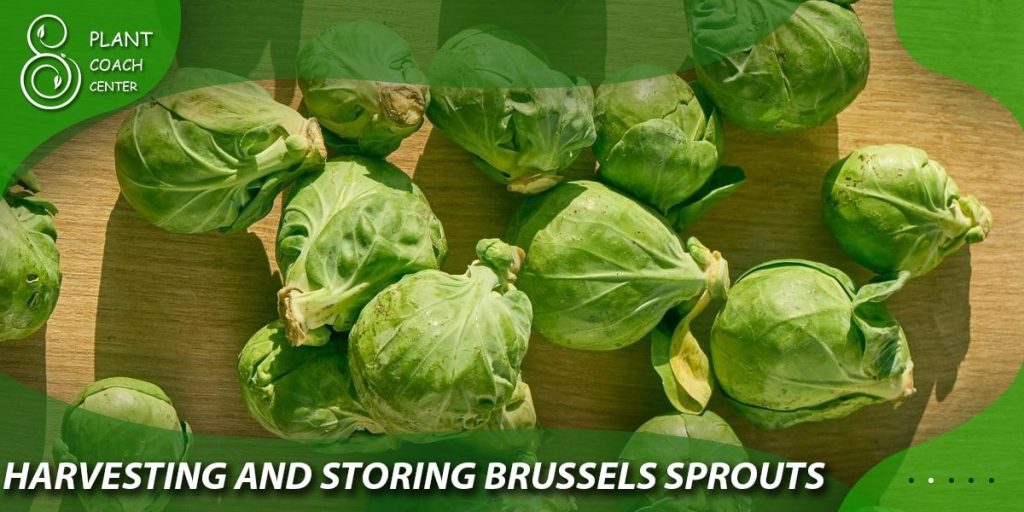
Conclusion
Growing Brussels sprouts in your home garden can be a rewarding experience. By understanding the ideal conditions, choosing the right planting time, starting from seeds, and providing proper care, you can enjoy a bountiful harvest of delicious and nutritious Brussels sprouts.
Remember to consider the specific climate requirements for your region, provide ample sunlight and well-draining soil, and address any potential pest or disease issues promptly. With proper attention and care, you’ll be able to savor the delightful taste of homegrown Brussels sprouts while reaping the health benefits they offer. So, roll up your sleeves, grab some seeds, and embark on the journey of cultivating your own Brussels sprouts—a versatile and delightful addition to any vegetable garden.
How long does it take for Brussels sprouts to grow?
Brussels sprouts typically take around 90-100 days to reach maturity. However, the exact time may vary depending on the variety and growing conditions.
Can Brussels sprouts tolerate frost?
Yes, Brussels sprouts are cold-hardy and can withstand light frosts, which can even enhance their flavor. However, prolonged exposure to freezing temperatures can damage the plants.
Do Brussels sprouts need full sun?
Yes, Brussels sprouts thrive in full sun, requiring at least 6 hours of direct sunlight daily. Adequate sunlight ensures proper plant growth and development.
What are some companion plants for Brussels sprouts?
Suitable companion plants for Brussels sprouts include beets, carrots, dill, and onions.
How can I prevent Brussels sprouts from turning bitter?
Bitterness in Brussels sprouts can be reduced by blanching the harvested sprouts. After harvesting, briefly blanch the sprouts in boiling water for about 2-3 minutes, then immediately transfer them to an ice bath to stop the cooking process. Blanching helps mellow the bitter taste and improves the overall flavor.
Can I grow Brussels sprouts in containers?
Yes, Brussels sprouts can be grown in containers, but it's important to choose larger containers with a depth of at least 18 inches to accommodate the plant's deep root system.


